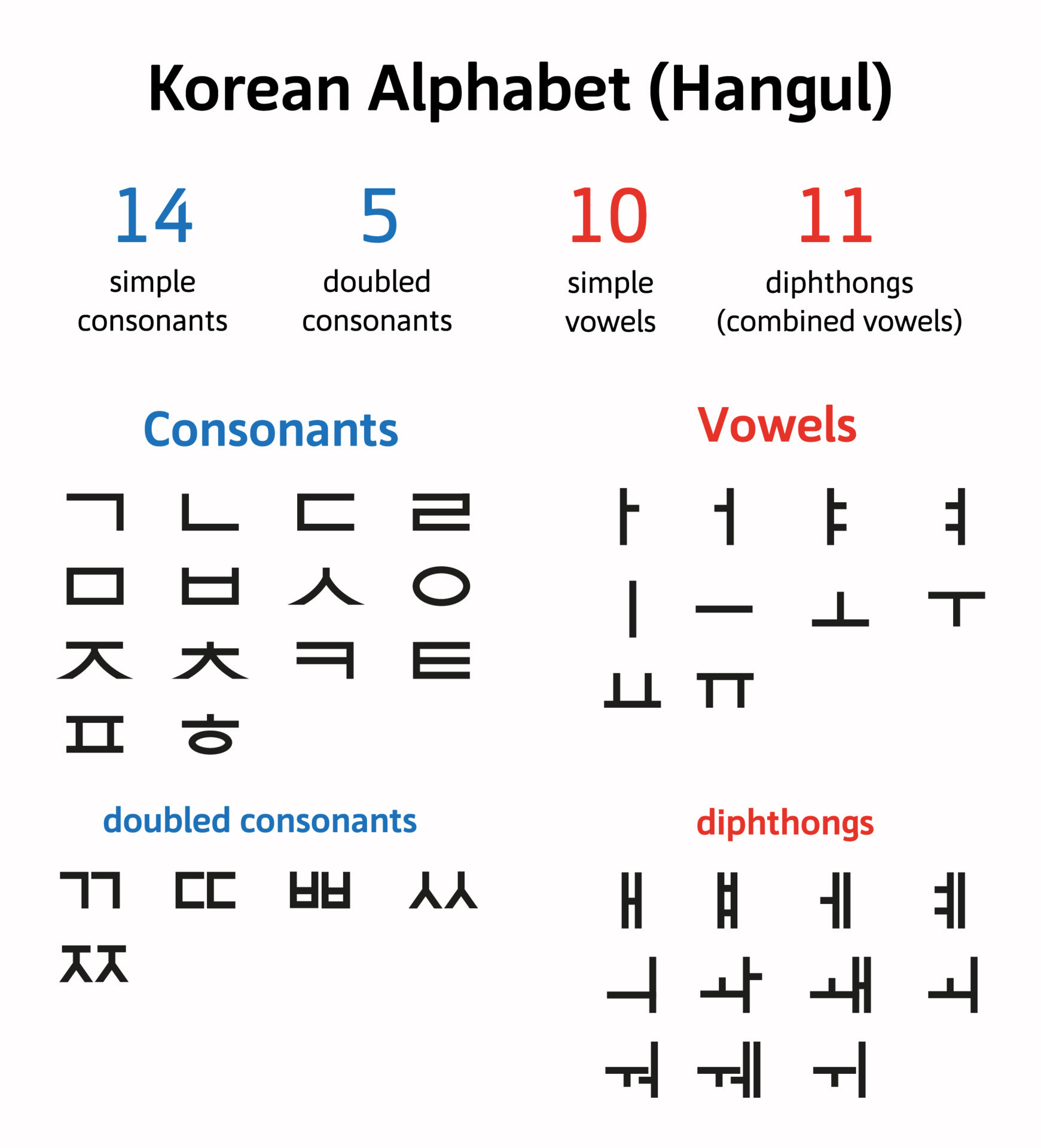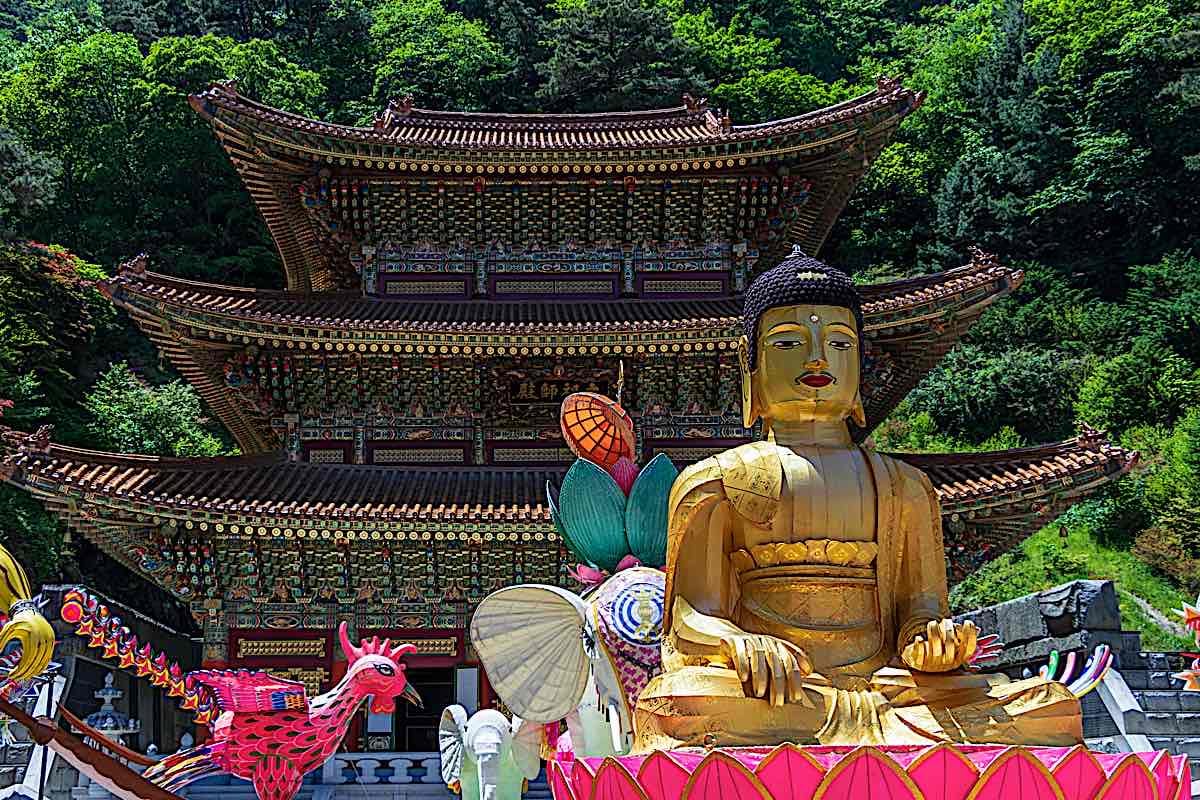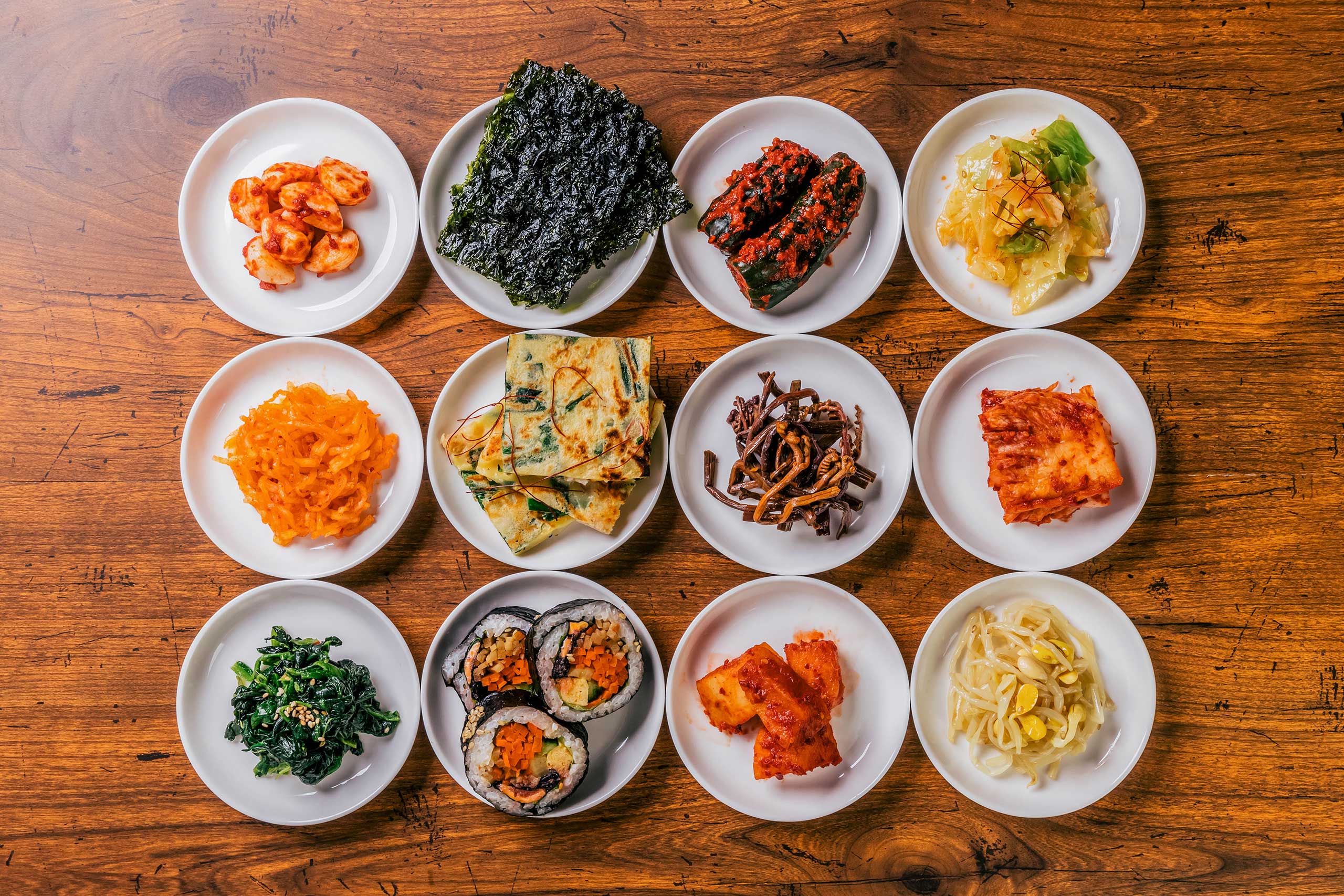Mastering 'Hello' In Korean Language: Your Friendly Guide To Polite Greetings
Learning how to say "hello" in Korean is, you know, a really big step toward connecting with Korean culture, its language, and its people. It's not just about saying a word; it's about showing respect, which is a truly important part of how Koreans talk to each other. This article, as of , aims to help you get comfortable with this very first, very important phrase.
The Korean language, actually, has a special way of working with how people speak. It uses, like, seven different levels of formality. This means, depending on whom you're speaking to, you may need to use a different level of politeness, which is quite interesting. Knowing this helps you make a good first impression, which is pretty much what everyone wants.
So, we'll explore how to say "hello" in Korean, what those different levels of politeness mean, and how to pick the right one. We will also, you know, look at how to write these greetings and get the sound just right. It's a complete guide for anyone just starting out, or even for those who want to make their Korean greetings a bit better.
- Whats Jon Gruden Doing Now
- Two Babies One Fox Comic
- Korean Language For I Love You
- Sophie Rain Spiderman Vid
- Drew Pritchard Divorce
Table of Contents
- Understanding Korean Formality: A Big Deal, Actually
- The Main Ways to Say 'Hello' in Korean
- Moving Beyond 'Hello': Other Important Ideas
- Making Your First Impression: Tips for Beginners
- Frequently Asked Questions (FAQ)
Understanding Korean Formality: A Big Deal, Actually
When you start learning about the Korean language, you quickly discover that how you speak changes a lot based on who you are talking to. This is, you know, a very interesting part of the language itself. It's not just about picking words; it's about showing the right level of respect, which is kind of a core idea in Korean communication.
Seven Levels: What That Means for You
The Korean language, actually, has seven different levels of formality. This means, depending on whom you're speaking to, you may need to use a different level of formality, which is something you learn as you go. For someone just starting to learn how to say "hello" in Korean, this might seem a bit much, but it gets easier, really.
These levels, you know, help people show their place in a group or their relationship to others. For instance, you would talk differently to an older person or a boss compared to a close friend. This is, in a way, built right into the language, so it's a good thing to get a sense of early on.
- Caitlin Clark Rookie Card
- How Did Mr Beast Get Rich
- B Cup Breast Size
- Julesari Leaks
- Chris Jones 40 Yard Dash
Why Formality Matters: Respect in Every Word
Korean has deep respect built into the language, which is very true. Using the correct greeting helps you make a good first impression, and that is a pretty big deal. It shows that you care about their customs and that you are trying to speak their language with proper thought.
This article, you know, serves as a guide for individuals interested in saying "hello" in Korean language. It helps you grasp cultural nuances for respectful communication, which is so important. When you use the right words, people often appreciate the effort, which is a nice feeling.
The Main Ways to Say 'Hello' in Korean
When you want to say "hello" in Korean, there are a few common ways to do it. These ways, you know, change based on how formal or informal the situation is. It's not just one phrase for everything, which is kind of neat. We'll look at the most common greetings you'll hear and use.
안녕하세요 (Annyeonghaseyo): Your Go-To Greeting
In Korean, "hello" is generally translated as “annyeonghaseyo” (안녕하세요). This phrase, you know, is suitable for use at any time of day and in almost all social situations. It's the one you will hear most often and it's a really good place to start.
This is the polite way to say "hello" in Korean, which is why it's so useful. If you’re not sure—go with 안녕하세요 (annyeonghaseyo). It’s polite, friendly, and usually safe, which is a great tip for beginners.
When to Use It: Most Situations
You can use 안녕하세요 in most situations, whether formal or informal, which makes it incredibly versatile. You can say it to someone older than you, to a shopkeeper, to a new acquaintance, or even to friends you don't see very often. It's, like, a really solid choice.
This phrase, you know, works well when you meet someone for the first time, or when you greet someone you know but aren't super close with. It's a phrase that shows respect without being overly stiff, which is a good balance.
How to Write It: Step by Step
Learning how to write "hello" in Korean opens the door to understanding one of the most fascinating languages in the world. The phrase 안녕하세요 is written using Hangul, the Korean alphabet, which is actually very logical and easy to learn. Discover the simple steps to spell "hello" in Korean, you know.
Here's how 안녕하세요 breaks down in Hangul, just so you know:
- 안 (an)
- 녕 (nyeong)
- 하 (ha)
- 세 (se)
- 요 (yo)
In this informative guide, we break down the pronunciation and writing of 안녕하세요 to help you connect more effectively in Korean. It's, like, a fundamental building block for writing any Korean word.
Getting the Sound Right: Pronunciation Tips
Saying안녕하세요 correctly is pretty important for making a good impression. The sounds are, you know, quite consistent in Korean, which helps. Learn how to say "hello" in Korean with simple phrases and pronunciation tips, which are perfect for beginners looking to make a friendly first impression!
The "an" sound is like the "ahn" in "father." The "nyeong" sound is a bit like "young" but with an "n" at the start. "Ha" is like the "ha" in "haha." "Se" is like "say," and "yo" is like "yo" in English. Put them together, and you have it, you know.
안녕하십니까 (Annyeonghasimnikka): For Very Formal Moments
While 안녕하세요 is your everyday polite greeting, there's another, more formal way to say "hello": 안녕하십니까 (annyeonghasimnikka). This greeting is, you know, used in situations where a very high level of respect or formality is needed. It's not something you'll use every day.
This form, you know, shows a deeper level of politeness. It's something you might hear in specific settings. It's good to know it exists, even if you don't use it right away, which is pretty much how a lot of language learning goes.
Where You'll Hear This: Public Speaking and News
You'll often hear 안녕하십니까 in places like news broadcasts, public speeches, or military settings. It's, like, a greeting for a group or for someone in a very high position. For instance, a news anchor might start their broadcast with it, you know.
For most daily interactions, 안녕하세요 will be perfectly fine. But knowing 안녕하십니까 helps you understand the full range of Korean greetings, which is, you know, a part of truly grasping the language. It shows the language's rich way of showing respect.
여보세요 (Yeoboseyo): Answering the Phone
There's a special "hello" just for phone calls: 여보세요 (yeoboseyo). This one, you know, is pretty much only used when you answer the phone or when you're trying to get someone's attention over the phone. It's not for face-to-face greetings, which is an important difference.
So, if your phone rings, you'd say 여보세요. If you're calling someone, and they pick up, you might hear them say it first. It's a very specific use, you know, but a really common one.
Its Special Use: Phone Calls
This phrase, you know, works whether you know the person on the other end or not. It's the standard way to initiate a phone conversation. It’s a bit like saying "hello?" or "are you there?" in English when you pick up the phone, which is a good way to think about it.
Knowing 여보세요 means you can confidently answer a call in Korean. It's a very practical phrase, and, you know, it's one of the first things many people learn for everyday communication. Learn more about Korean phone etiquette on our site.
Moving Beyond 'Hello': Other Important Ideas
Learning "hello" in Korean is just the start, you know. The language has many layers, and understanding a bit more about how it works can really help you feel more comfortable. It's about getting a feel for the whole picture, which is pretty cool.
Casual vs. Formal Speech: A Quick Look
Understanding formal vs. informal speech is a big part of Korean communication. The Korean language, as I mentioned, has seven different levels of formality. This means, depending on whom you’re speaking to, you may need to use a different level of formality, which is something you learn over time, you know.
For example, the very casual way to say "hello" might be "annyeong" (안녕). This is usually only used with very close friends or people much younger than you. It's, like, super informal. But for most beginners, sticking to 안녕하세요 is the safer and more respectful choice, which is very true.
Cultural Insights: Making a Good Impression
Grasping cultural nuances for respectful communication is a big part of learning Korean. Korean has deep respect built into the language. Using the correct greeting helps you make a good first impression, which is very important in Korean culture, you know.
This article delves into the different ways to say "hello" in Korean, the cultural context behind these greetings, and tips for effective learning, all aimed at helping you build a strong foundation. Showing respect through language is, actually, a sign of thoughtfulness, which people really appreciate.
Making Your First Impression: Tips for Beginners
For anyone just starting out, getting the hang of saying "hello" in Korean can feel like a big win. It's your first step into speaking the language, and, you know, it's a very exciting one. There are some simple steps you can take to make it easier.
When in Doubt: Stick with 안녕하세요
If you’re not sure—go with 안녕하세요 (annyeonghaseyo). It’s polite, friendly, and usually safe, which is a great piece of advice for any beginner. You really can't go wrong with it in most situations, which is quite reassuring.
This phrase is suitable for use at any time of day and in almost all social situations. It can be used in most situations, whether formal or informal. So, it's, like, your best friend when you're just starting to speak Korean, you know.
Practice Makes It Stick: Simple Steps to Sound Natural
Discover the simple steps to master the phrase "hello" in Korean language. Learning how to say "hello" in Korean with simple phrases and pronunciation tips is perfect for beginners looking to make a friendly first impression! Practice saying 안녕하세요 out loud, you know, many times.
You can practice by listening to native speakers, maybe on YouTube or in Korean dramas. Try to copy their sound and rhythm. The more you say it, the more natural it will feel, which is pretty much how all language learning works. Find more resources to practice Korean here.
The Door to More: What Comes After 'Hello'
Saying your first words in Korean is a truly wonderful feeling. Want to say "hello" in Korean? This is the first phrase you should know if you’re learning Korean. And then you should learn to say bye in Korean, but that’s for later, you know.
Learning how to write "hello" in Korean opens the door to understanding one of the most fascinating languages in the world. Korean is not only the official language of South Korea and North Korea, but also a language that connects you to a rich culture. This article, you know, helps you build a strong foundation. You can also learn more about Korean culture basics on our site.
Frequently Asked Questions (FAQ)
What are the most common ways to say "hello" in Korean?
The most common way to say "hello" in Korean is 안녕하세요 (annyeonghaseyo). This phrase, you know, is good for almost all social situations, whether they are formal or informal. For very formal settings, you might hear 안녕하십니까 (annyeonghasimnikka), and for phone calls, people use 여보세요 (yeoboseyo), which is pretty specific.
Why are there different ways to say "hello" in Korean?
The Korean language has seven different levels of formality, you know. This means, depending on whom you’re speaking to, you may need to use a different level of formality. These different greetings help show respect and reflect the relationship between the speakers, which is a very important part of Korean communication.
Is 안녕하세요 always safe to use for beginners?
Yes, absolutely. If you’re not sure—go with 안녕하세요 (annyeonghaseyo). It’s polite, friendly, and usually safe, which is why it's recommended for beginners. It works well in most situations and helps you make a good first impression, you know, without worrying too much about making a mistake.
- Niece In Spanish Language
- Blowout Taper Straight Hair
- Mid Taper Textured Fringe
- How To Screenshot On Pc
- What Is A Femboy

Hangeul - Korean alphabet 11141659 Vector Art at Vecteezy

Korean Seon Buddhism: the thriving and profound tradition, history and

A Beginner’s Guide to Korean Cuisine - Travelogues from Remote Lands